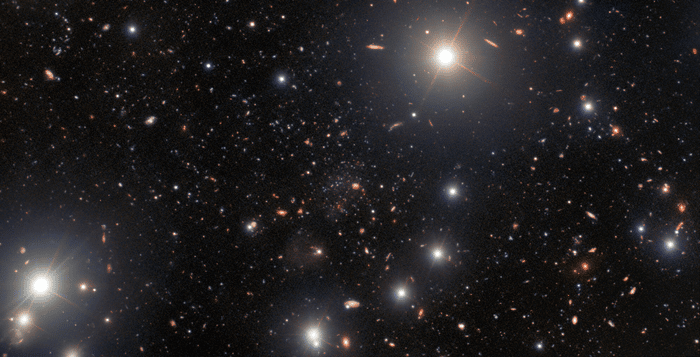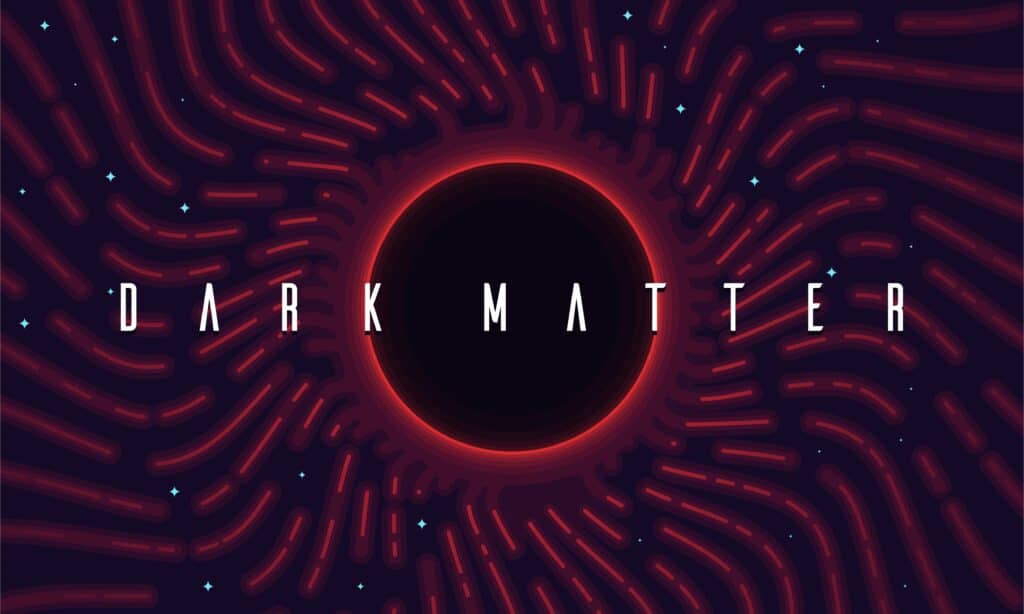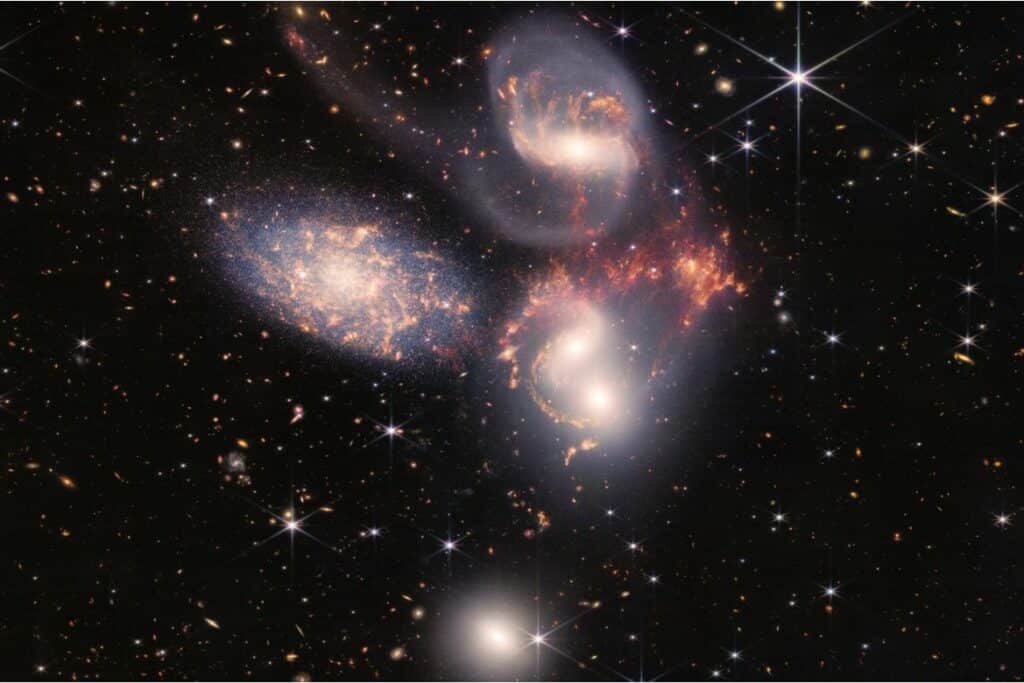A significant twist has been added to the quest of understanding the origins of the universe. Utilizing advanced simulations, UCLA astrophysicists have suggested that the earliest galaxies, formed shortly after the Big Bang, might have been significantly brighter than previously believed. This revelation sets a challenging task for astronomers: to find these bright, tiny galaxies or reconsider the prevailing theories about dark matter.
Dark matter, a hypothetical form of matter that makes up about 84 percent of the universe’s matter content, does not emit, absorb, or reflect light, making it invisible and detectable only through its gravitational effects on visible matter. Despite its pervasive influence, dark matter remains one of the most enigmatic aspects of astrophysics.
For the first time, UCLA scientists have factored in the interactions between dark matter and gas in the early universe into their simulations. These simulations have revealed that small galaxies, also known as dwarf galaxies, might have been much brighter and formed more rapidly than indicated by previous models that overlooked these interactions. According to researchers, these small galaxies don’t always match what they believe they should find, highlighting a potential gap in our understanding of galaxy formation.

The study’s breakthrough hinges on the consideration of “streaming velocities” — the relative motion between dark matter and ordinary matter (hydrogen and helium gas) following the Big Bang. This movement resulted in the gas streaming past dark matter at supersonic speeds, a factor not accounted for in conventional simulations.
“Indeed, in models that do not take streaming into account, this is exactly what happens,” says study first author Claire Williams, a UCLA doctoral student, in a media release. “Gas is attracted to the gravitational pull of dark matter, forms clumps and knots so dense that hydrogen fusion can occur, and thus forms stars like our Sun.”
However, when this streaming effect is included, the gas initially bypasses the dense regions of dark matter, delaying star formation. It’s only when the gas eventually falls back into these regions that a burst of star formation occurs, creating exceptionally bright dwarf galaxies.
“While the streaming suppressed star formation in the smallest galaxies, it also boosted star formation in dwarf galaxies, causing them to outshine the non-streaming patches of the universe,” explains Williams. “We predict that the Webb telescope will be able to find regions of the universe where galaxies will be brighter, heightened by this velocity. The fact that they should be so bright might make it easier for the telescope to discover these small galaxies, which are typically extremely hard to detect only 375 million years after the Big Bang.”
Discovering these galaxies would not only validate the cold dark matter model but also help clarify the role of dark matter in galaxy formation.

“The discovery of patches of small, bright galaxies in the early universe would confirm that we are on the right track with the cold dark matter model because only the velocity between two kinds of matter can produce the type of galaxy we’re looking for,” notes study leader Smadar Naoz, the Howard and Astrid Preston Professor of Astrophysics at UCLA. “If dark matter does not behave like standard cold dark matter and the streaming effect isn’t present, then these bright dwarf galaxies won’t be found and we need to go back to the drawing board.”
The research was supported by the National Science Foundation and NASA. The study is published in The Astrophysical Journal Letters.













Comments